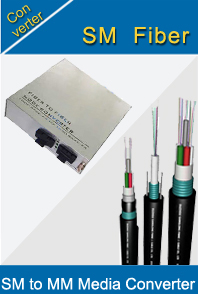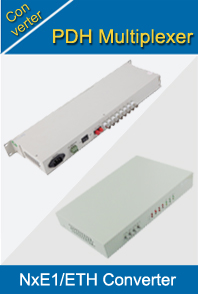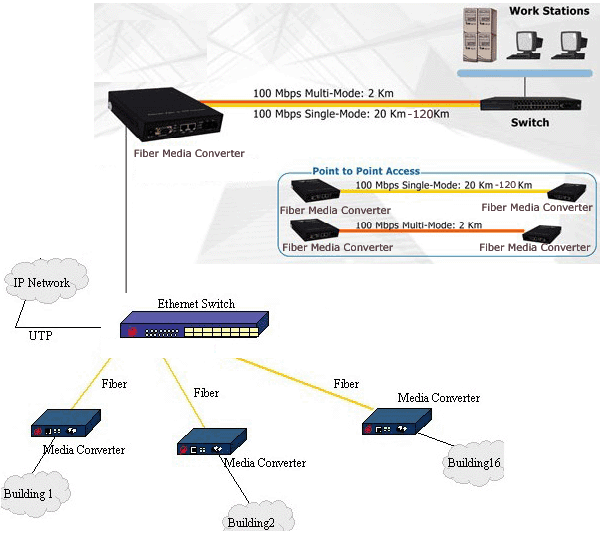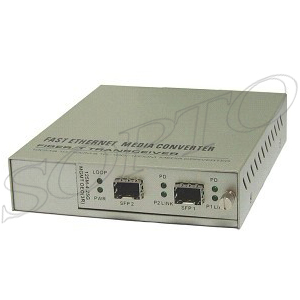-

- Sopto Home
-

- Special Topic
-

- Converter Knowledge
-

- How Gigabit Ethernet Works-Performance Issues
Converter Knowledge
- Form Factors and Application of Ethernet Media Converter
- Ethernet over 4 E1 Converter Brief Introduction
- What is the Difference between RS232 and RS485 Serial Interfaces
- What is the Difference between RS232 and RS485 Serial Interfaces
- How to Convert an Analog Telephone to VoIP Protocol?
- How to Find the Internet Protocol Address and Media Access Contr
- How to Convert from Fast Ethernet to Fiber Optics?
- How to Connect a Fiber Converter?
- How to Convert Ethernet to Fiber Media Converters?
SOPTO Special Topic
Certificate



Guarantee
Except products belongs to Bargain Shop section, all products are warranted by SOPTO only to purchasers for resale or for use in business or original equipment manufacturer, against defects in workmanship or materials under normal use (consumables, normal tear and wear excluded) for one year after date of purchase from SOPTO, unless otherwise stated...
Return Policies
Defective products will be accepted for exchange, at our discretion, within 14 days from receipt. Buyer might be requested to return the defective products to SOPTO for verification or authorized service location, as SOPTO designated, shipping costs prepaid. .....
Applications
An Ethernet to Fiber Media Converter can also be used where there is high level of electromagnetic interference or EMI which is a common phenomenon found in industrial plants. This interference can cause corruption of data over copper-based ethernet links. Data transmitted over fiber optic cable however is completely immune to this type of noise. An Ethernet to Fiber Optic Converter therefore enables you to inter-connect your copper-ethernet devices over fiber ensuring optimal data transmission across the plant floor.
SOPTO Products
- Fiber Optic Transceiver Module
- High Speed Cable
- Fiber Optical Cable
- Fiber Optical Patch Cords
- Splitter CWDM DWDM
- PON Solution
- FTTH Box ODF Closure
- PCI-E Network Card
- Network Cables
- Fiber Optical Adapter
- Fiber Optical Attenuator
- Fiber Media Converter
- PDH Multiplexers
- Protocol Converter
- Digital Video Multiplexer
- Fiber Optical Tools
- Compatible
Related Products
Performance Feature
Converter Knowledge
Recommended


How Gigabit Ethernet Works-Performance Issues
Nowadays several motherboards come with one on-board Gigabit Ethernet port. Some very high-end motherboards can even provide two Gigabit Ethernet ports. Depending on motherboard architecture, however, the Gigabit Ethernet may not achieve its 1.000 Mbps transfer rate.
The problem is how the Gigabit Ethernet chip is connected to the system. If it is connected to the standard PCI bus, it probably won’t achieve its full speed. PCI bus works with a maximum transfer rate of 133 MB/s, while Gigabit Ethernet runs up to 125 MB/s (1.000 Mbps / 8 = 125 MB/s). By just observing these two numbers you could say that Gigabit Ethernet “fits” PCI bus, but the problem is that PCI bus is shared with several other components of your system, thus lowering the available bandwidth. So, even though in theory Gigabit Ethernet can run fine on PCI bus, it is just to close to the bandwidth limit of the bus.
PCI Express, on the other hand, has a maximum transfer rate of up to 250 MB/s and is a point-to-point connection, which means that it doesn’t share this 250 MB/s bandwidth with any other device, thus allowing Gigabit Ethernet to achieve its full speed.
How can one tell which bus Gigabit Ethernet chip is connected to? There are three basic ways. The easiest way is to see if your motherboard is based on PCI Express bus. If it doesn’t, the Gigabit Ethernet chip can only be connected to the standard PCI bus.
10G OEO SFP+ to SFP+ Media Converter
The second way is to take a look at the motherboard manual or the motherboard specs page on the manufacturer's website and look for this information there. Usually on the main specs page it is written “PCI” or “PCI Express” besides the name of the Gigabit Ethernet controller, telling you which bus is used.
The third way is to go to the Gigabit Ethernet controller manufacturer website (VIA, Marvell, 3Com, etc) and look for the main specs for the model used on your motherboard. The bus type should be discriminated there.
Although Gigabit Ethernet original standard was developed for using standard Cat 5 cables, several companies recommend that Cat 5e cables to be used on Gigabit Ethernet networks for performance issues. Cat 5e cables have the same maximum transfer rate as Cat 5 cables, but have a better crosstalk and return loss specs, i.e., they are less susceptible to noise.
Sopto supplies high quality fiber media converters, like Gigabit Media Converter, PSE Media Converter and so on. For the newest quotes, please contact a Sopto representative by calling 86-755-36946668, or by sending an email to info@sopto.com. For more info, please browse our website.





